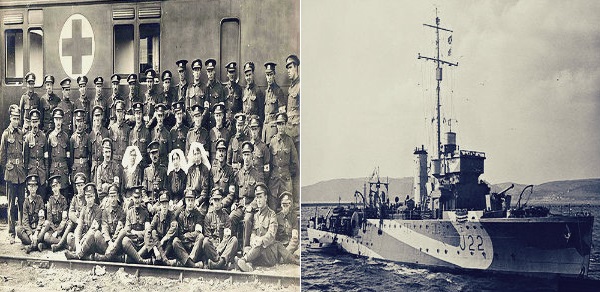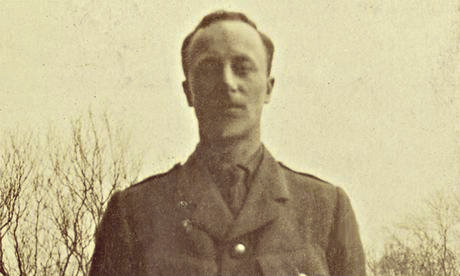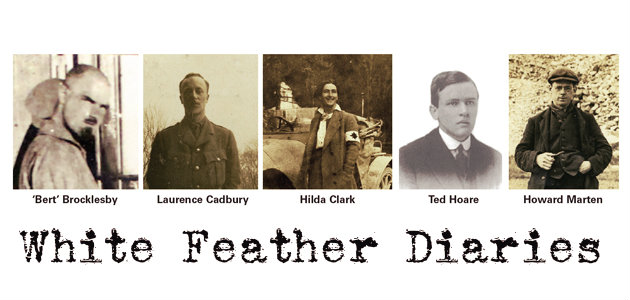
The famous Cadbury brothers had a strong as steel relationship in the chocolate industry but WWI was another matter — it divided them.
Laurence Cadbury adamantly refused to fight and instead served in the Quakers’ volunteer corps, the Friends’ Ambulance Unit. Bertie, on the other hand, became involved in a minesweeper and even went on to become a pioneer WWI pilot who got involved in downing two Zeppelins.
Nevertheless, Laurence had expressed his desire to enlist in the army on several occasions and even frequently referred to the British army as our troops while Bertie rained tirades against those in command believing that the officers were stupid.

Quakers have announced last May 15, also the day when the International Conscientious Objectors’ Day was celebrated, that how the the First World War divided the chocolate-famous Cadbury brothers will be told in their four-year online project.
Laurence Cadbury is one of the featured individuals in the White Feather Diaries, a project which will serialize diaries of conscientious objectors. The site will be officially launched on August. The project’s title mirrors the symbol of cowardice given to those who do not volunteer to fight during the Great War. Conscription or the compulsory enlistment of people for military service was not introduced until 1916.
The FAU, the ambulance corps where Laurence Cadbury volunteered, was not without controversies especially pacifists and Quakers. While the group and those who supported it strongly believed that they were helping people without breaking their commitment to peace, other individuals felt that the existence of the unit gave the army clearance to use men and resources into fighting rather than doing ambulance work.
Laurence Cadbury had been 25 when he took his car with him and went over the Channel. He later wrote to his parents about the difficulties he experienced in the unit as well as the hardships the army and the soldiers faced in the front lines. He also poked fun at the military censors in his letters.
On December 1914, he wrote how our troops received new winter clothing and some resting time. He described the soldiers as poor beggars as their clothes were still from August. he also expressed his preference for kilts on the soldiers seeing that the highlanders had gotten used to the cold and that they felt the water less unlike the British soldiers – which he referred to as Tommies – who had to do with wet pants hanging round their legs. In his letters, Laurence Cadbury clearly was fascinated with the various uniforms of the differing nationalities on the battlefield.
Bertie Cadbury had a thing for the obscene and this was sprinkled throughout his correspondence towards his brother and home. One letter dated August 1915 had him calling Laurence Cadbury bloody s**t for not answering his letter. Bertie talked about the difficulties he had as a serviceman – submarine scares, cold feet and other aircraft dilemmas, his love life and the agony he felt over the awful casualty lists.
Bertie Cadbury shared Laurence’s disdain over those who were in command calling them long-caned nimble cocksuckers and hoped that they, who got them [British] to war, would be made to also fight in it.
Symon Hill, writer of the diaries, stated in a report ran by The Guardian that there will be five protagonists singled out in the project and Laurence Cadbury is one of them. The Cadbury boss, however, was the least pacifist among the five. According to Hill, though Laurence refused to fight as a soldier and had watched the war as an ambulance volunteer, his words and writings were leaning more to being pro-war. But Bertie Cadbury who became a WWI soldier and pioneer pilot, through his experiences as a serviceman in the battlefield, was becoming more and more an anti-war person as WWI progressed. The case of the two Cadbury brothers really was an unusual paradox.
Other protagonists of the White Feather Diaries are Howard Marten, Bert Brocklesbury, Hilda Clark and Ted Hoare.
